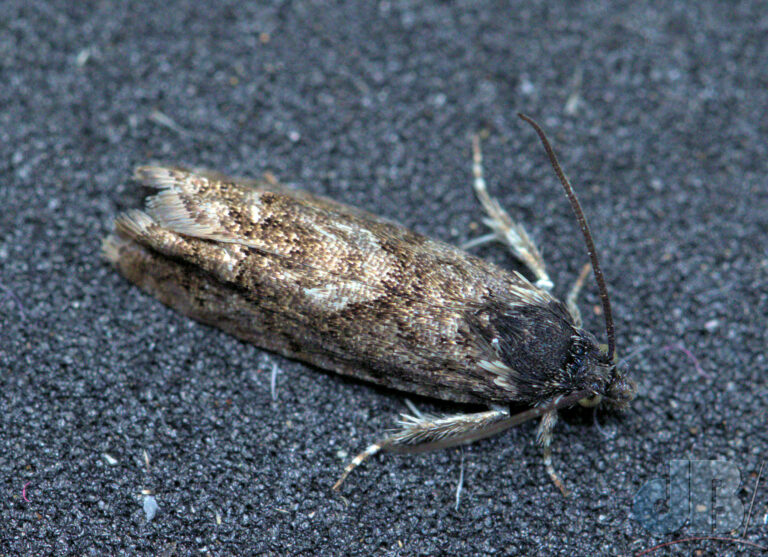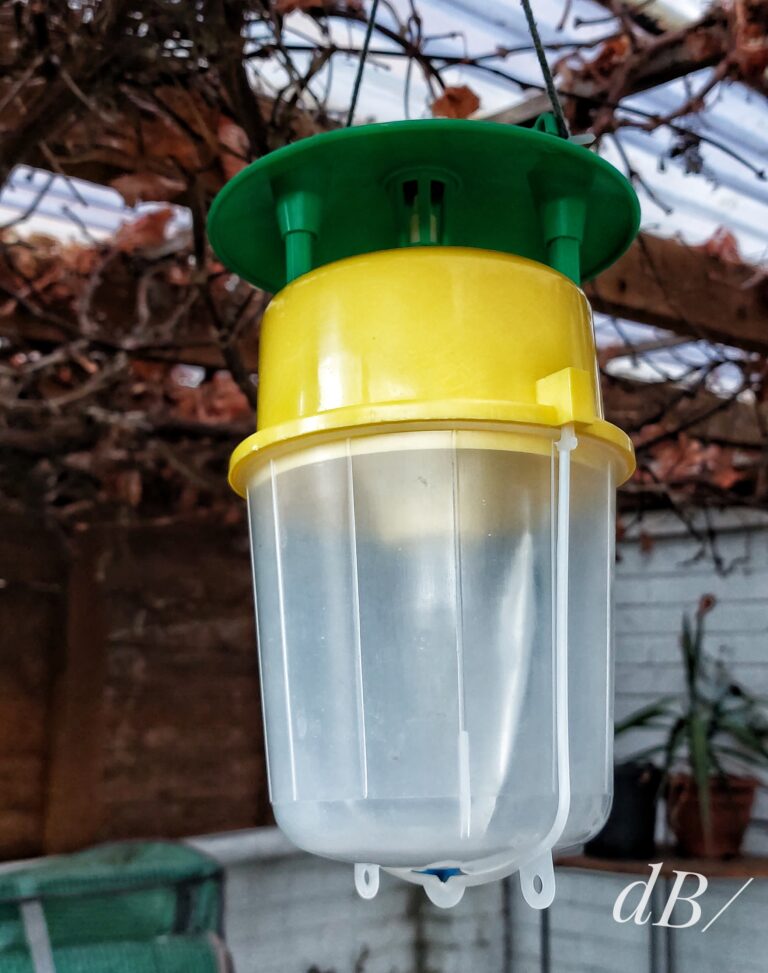TL:DR – Pheromones are a useful tool for discovering what day-flying moths are in your neighbourhood.
As regular readers know, I do a bit of mothing…I have had a FUN lure, a pheromone lure aimed at attracting Grapholita funebrana. It’s been sighted in the garden for a couple of weeks with nothing appearing until 21st March 2023 at which point I was lucky enough to catch a couple of micro moths, Pammene giganteana (known to some unofficially as the Early Oak Piercer) not the target species but nice to see, nevertheless.

The larvae of the Early Oak Piercer feed inside oak-apple galls, which are themselves formed by parasitic wasps.
According to Anglian Lepidopterist Supplies from whom I bought this and other pheromone lures, the FUN lure has a long list of non-target species that might be drawn to it at different times of year, there may be others yet to be reported:
Glyphipterix fuscoviridella , Phyllonorycter quercifoliella, Grapholita janthinana , Cnephasia stephensiana , Ochsenheimeria vacculella, Epiblema costipunctana, Grapholita tenebrosana, Pseudargyrotoza conwagana, Dichrorampha aeratana, Acentria ephemerella, Argyresthia curvella, Endothenia gentianaeana, Hadena confusa (Marbled Coronet), Lymantria dispar (Gypsy Moth), Agrotis segetum (Turnip Moth), Tinea semifulvella, Pammene argyrana, Pammene aurana, Pammene giganteana, Pammene albuginana, Pammene obscurana, Pammene suspectana, Pammene fasciana, Amblyptilia punctidactyla
